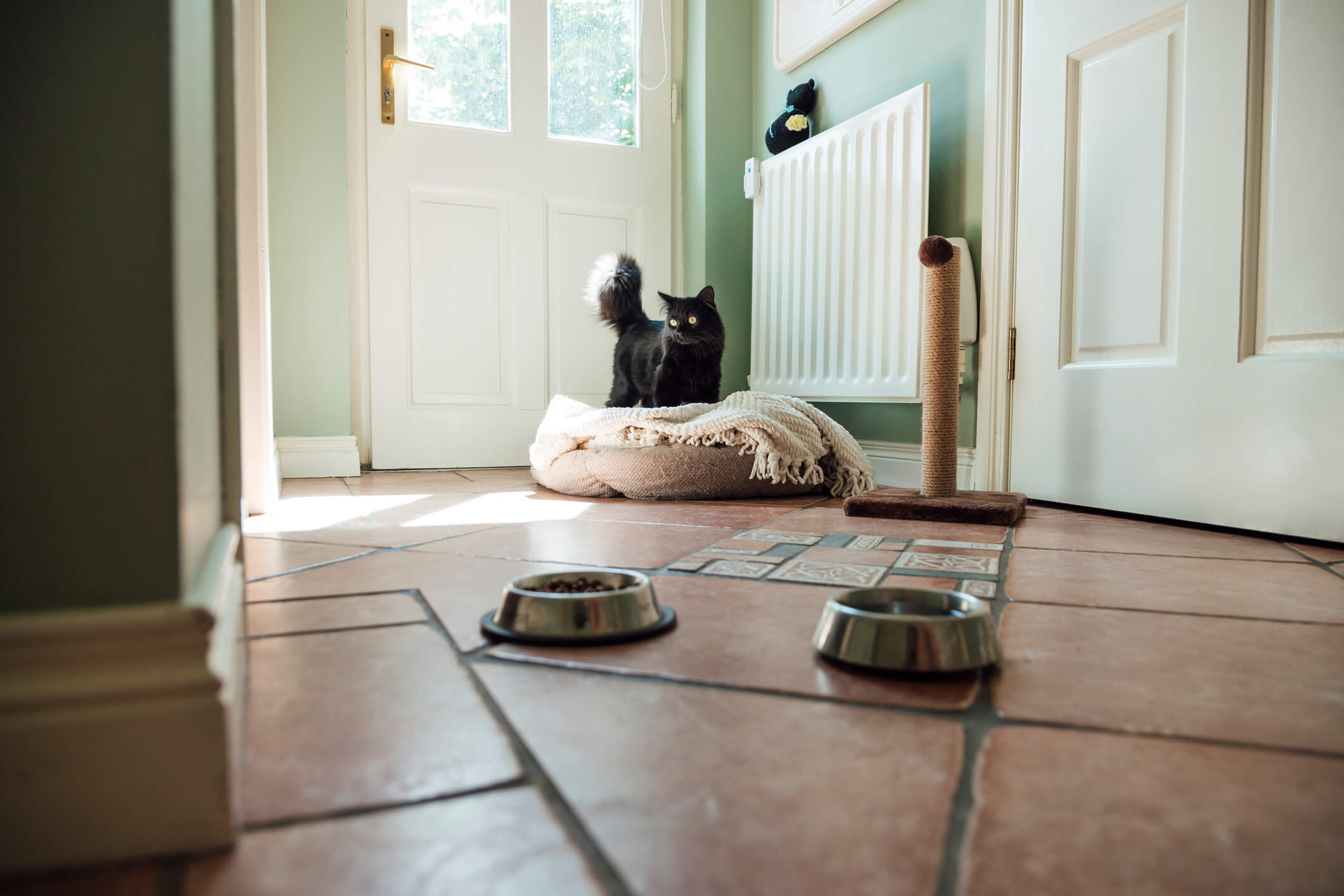
How to Care for a Recent Cat Rescue
You’ve just signed the last bit of paperwork, and now it’s official—you’re the proud owner of a new rescue cat! But the work doesn’t stop there. Rescue pet parents have to make sure everything is in place before their kitty can step their paws over the threshold and into your home.
Because rescue pets often come from troubled backgrounds and have health or behavioral challenges, it’s even more important to be prepared. Follow these tips so your rescue cat feels safe in their new environment right away.
Tackle medical problems head on
The medical history of rescue cats can usually be summed up in one big question mark. Chances are, their previous owners didn’t think to have the cat checked for illnesses—if they had previous owners at all. Fortunately, rescue agencies typically address pets’ medical needs before adoption, including vaccine updates, spay and neuter and major medical procedures.
During the adoption process, you’ll be informed of any medical problems the cat has. Using this information, it’s a good idea to make a healthcare plan right away.
Once you bring your rescue cat home, schedule an appointment with your local veterinarian. Discuss your new cat’s health concerns and whether any medications, supplements or therapies will be necessary to ensure that your cat has the healthiest life possible.
Gather the essential supplies
Before your kitty arrives home, pick up some essential supplies from the local pet store. Make sure your cat has plenty of scratching posts, so they’re not tempted to sink their claws into your furniture! It may take a while before your cat learns that human possessions are off limits, especially if they came from the streets. Entice them with catnip and dole out praise every time they use the posts.
Every new cat needs a litter box, regardless of whether they’re your first kitty or one of several in the house. Ideally, one cat should have at least two litter boxes. For multiple cats, make sure there’s one litter box per cat plus one extra. Some cats are allergic to the perfumes in litter, so it’s best to opt for a brand that’s unscented.
As their loving pet parent, you’ll want to shower your new rescue kitty with lots of toys! Purchase a few different kinds so your cat can decide which ones they like best. To play it safe, avoid cat toys with choking hazards that are easily ripped off, such as bells, ribbons and feathers.
And, of course, cats need comfy bedding where they can curl up and take cat naps. Ask the rescue agency if you can take home any blankets, cat beds or towels with your new kitty’s scent. Objects that already contain their scent will help the cat transition to their new living space.

Create a temporary safe space
Pet parents shouldn’t give rescue cats freedom to roam right away. You should slowly ease the cat into their new environment by creating a safe space where they can hang out for the first one or two weeks. The room should have a door that separates it from the rest of your home—preferably a bathroom or laundry room with tiled floors in case they relieve themselves outside of the litter box.
Safe spaces for rescue cats should contain at least one litter box, lots of bedding, a scratching post and little else. Remove fragile objects from shelves if and when your curious kitty finds their way up there! Once your rescue cat has become acclimated to this safe space, they’re ready to venture outside its four walls and meet the entire family.
Socialize the cat with family members
If you have children and this is their first pet, let them know that rescues need time to adjust and shouldn’t be showered with love right away. Make sure everyone in the household plans to respect the cat’s boundaries and is committed to creating a calm, safe atmosphere.
Introduce the rescue cat to other household pets gradually and in a neutral environment. Keep dogs on a leash because you won’t know for sure how they’ll react to a new animal. During the initial meeting, keep all your pets under close supervision in case one of them gets aggressive. Over time, the rescue cat will learn how they fit in among the other pets.
Adopting a rescue cat is one of the most life-changing decisions you’ll ever make. There might be challenges along the way, but it’s so worth seeing your new furry friend purr in your lap. The kitty gets a second chance at life, and it’s all thanks to you!


